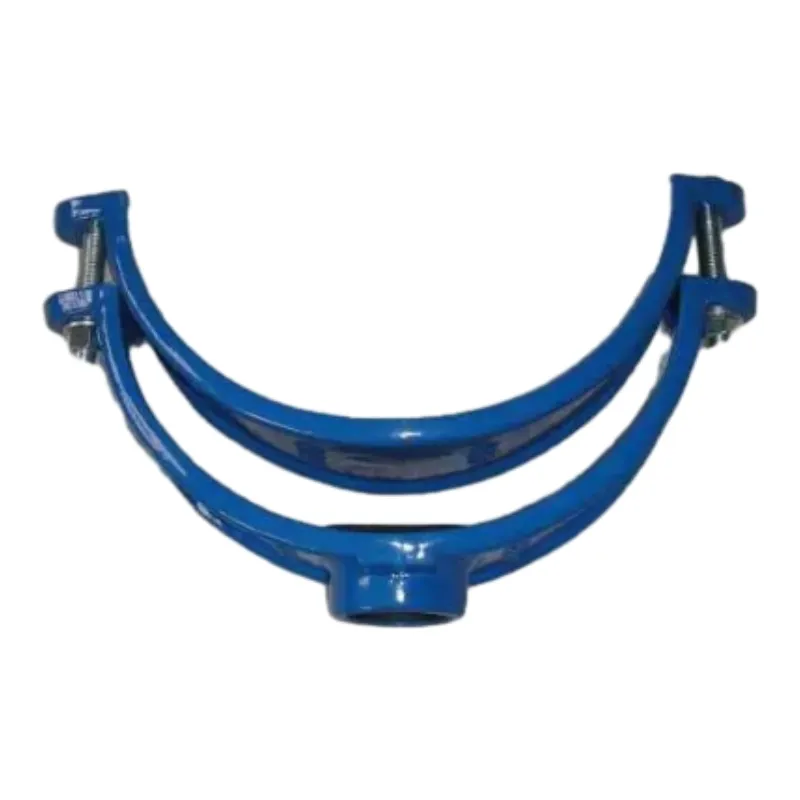High-Performance DN100 Butterfly Valve for Efficient Fluid Control Solutions
Understanding the DN100 Butterfly Valve Applications and Benefits
The DN100 butterfly valve is an essential component widely used in fluid control systems, characterized by its robust design, efficiency, and versatility. As industries continue to seek reliable and cost-effective solutions, the DN100 butterfly valve has emerged as a favored choice due to its unique features and benefits.
What is a DN100 Butterfly Valve?
The DN (Diameter Nominal) designation specifies the valve's nominal diameter, in this case, 100 millimeters. Butterfly valves operate using a rotating disc that regulates the flow of liquids and gases. When the valve is fully open, the disc is parallel to the pipeline, allowing unrestricted flow. Conversely, when closed, the disc interrupts the flow, effectively sealing the passage.
Key Features of the DN100 Butterfly Valve
1. Simple Design The DN100 butterfly valve has a straightforward design that contributes to efficient operation. It consists of a valve body, a disc, a stem, and an actuator, making maintenance easy and reducing the likelihood of mechanical failure.
2. Lightweight and Compact Compared to other types of valves, such as gate or globe valves, butterfly valves are lighter and take up less space. This compactness makes them ideal for installations where space is limited.
3. Cost-Effectiveness The design and materials used in manufacturing DN100 butterfly valves make them economically advantageous. They generally require less material, which decreases manufacturing costs. Additionally, their lightweight nature can lead to savings in transportation and installation.
4. Quick Operation The rotation of the disc allows for rapid opening and closing of the valve, which is particularly important in systems requiring quick shut-off capabilities. This feature is crucial in applications where immediate flow regulation is necessary for safety and efficiency.
dn100 butterfly valve

Applications of the DN100 Butterfly Valve
The versatility of DN100 butterfly valves means they find applications across various industries
- Water Treatment In municipal water treatment plants, butterfly valves are used for flow regulation and isolation in pipelines. Their ability to handle large volumes of water makes them suitable for this application.
- Chemical and Petrochemical Industries These valves are frequently employed in the chemical processing industry for controlling the flow of corrosive substances. Their material compatibility allows for efficient handling of various chemicals while maintaining system integrity.
- HVAC Systems In heating, ventilation, and air conditioning (HVAC) systems, DN100 butterfly valves are used for regulating airflow. Their lightweight and compact design make them easy to install within ductwork, contributing to the overall efficiency of the system.
- Power Generation In power plants, these valves are utilized in various applications, including cooling water systems and fuel handling. Their ability to operate under high pressures and temperatures makes them reliable for critical processes.
Conclusion
The DN100 butterfly valve stands out for its efficiency, durability, and cost-effectiveness, making it an invaluable asset in many fluid control applications across diverse industries. Its simple design facilitates easy maintenance and quick operation, while its versatility ensures it can handle a wide range of materials, from water to harsh chemicals.
As industries continue to evolve and seek optimized solutions, the DN100 butterfly valve is poised to maintain its relevance due to its ability to adapt to changing technologies and demands. Whether in water treatment, chemical processing, HVAC, or power generation, this valve remains a fundamental component in achieving efficient and reliable flow control. Its blend of performance and economy ensures that the DN100 butterfly valve will remain a staple in equipment and systems for years to come.
-
The Smarter Choice for Pedestrian AreasNewsJun.30,2025
-
The Gold Standard in Round Drain CoversNewsJun.30,2025
-
The Gold Standard in Manhole Cover SystemsNewsJun.30,2025
-
Superior Drainage Solutions with Premium Gully GratesNewsJun.30,2025
-
Superior Drainage Solutions for Global InfrastructureNewsJun.30,2025
-
Square Manhole Solutions for Modern InfrastructureNewsJun.30,2025
-
Premium Manhole Covers for Modern InfrastructureNewsJun.30,2025
